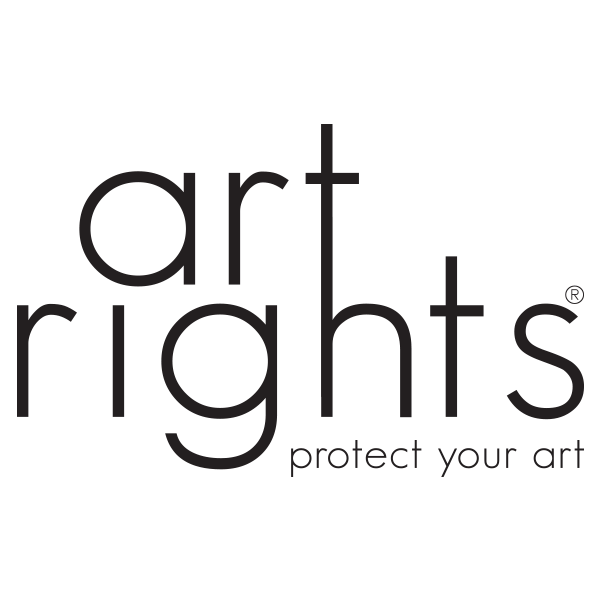Not having the certificate of authenticity of a work of art is every collector’s nightmare.
Who is entitled to issue the certificate of authenticity?
Let’s find it out…
[signinlocker id=4040]
The certificate of authenticity it is the first document that must be delivered when purchasing artworks, reporting the authorship of creation and contributing to maintaining economic value over time.
Authenticity is the true passport of the artwork. It must contain a detailed description of the work, specifically: image of the work, name of the artist, title, year of realization, technical specifications (materials used and dimensions), number of copies (in the case of a photographic or sculptural work), provenance , signature and / or stamp of the person issuing the declaration.
Its value is defined in Italy by art. 64 of the “Code of Cultural Heritage and Landscape” (Legislative Decree 42 of 22 January 2004), which specifies that the authenticity document, issued on plain paper or on the back of the photograph of the work, must be delivered by the seller professional to the collector at the time of purchase.
Who issues the certificate of authenticity of an artwork?
There are two possibilities: let’s see them in detail.
If the artist is alive, the certificate of authenticity is issued by law by the gallery owner, as well as by the artist himself.
If the artist is not living, the process is more complex, because there is no legislation that specifically determines which subjects are entitled to issue the certificate of authenticity.
The procedure for the issue of the certificate, in most cases, provides that the work to be authenticated is assessed by those who protect the rights of the missing artist or by the scientific committee of the foundation or archive, free of charge or for a fee, through photographic evaluation or if required, through direct comparison with other works by the same artist and from the same historical-artistic period, followed by a calligraphic study.
We can talk about expertise and certificate of attribution when authoritative scholars or academics establish the attribution of a work.
The document issued by heirs, archives or foundations is defined as authentic.
However, there are archives that choose not to issue the authentication; in this case we speak of “archival authentication”, because the archive only provides for the archiving and insertion of the work in the reasoned catalog.
There is also an “indirect” authentication method, which takes place when it is the collector who submits the purchased work to the judgment of the archive. In this case, an archive number is assigned that will accompany the asset in the different changes of ownership. If the work is considered false, the archive committee will send a letter to the collector, prohibiting the marketing of the work or, in extreme cases, notifying the destruction.
[/signinlocker]
Among the technological solutions available to support the certification of works of art, we find Art Rights, the first platform to support the management and certification of artworks to protect Artists, Collectors, Galleries and industry players in favor of authenticity .





